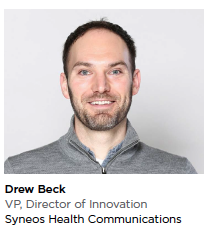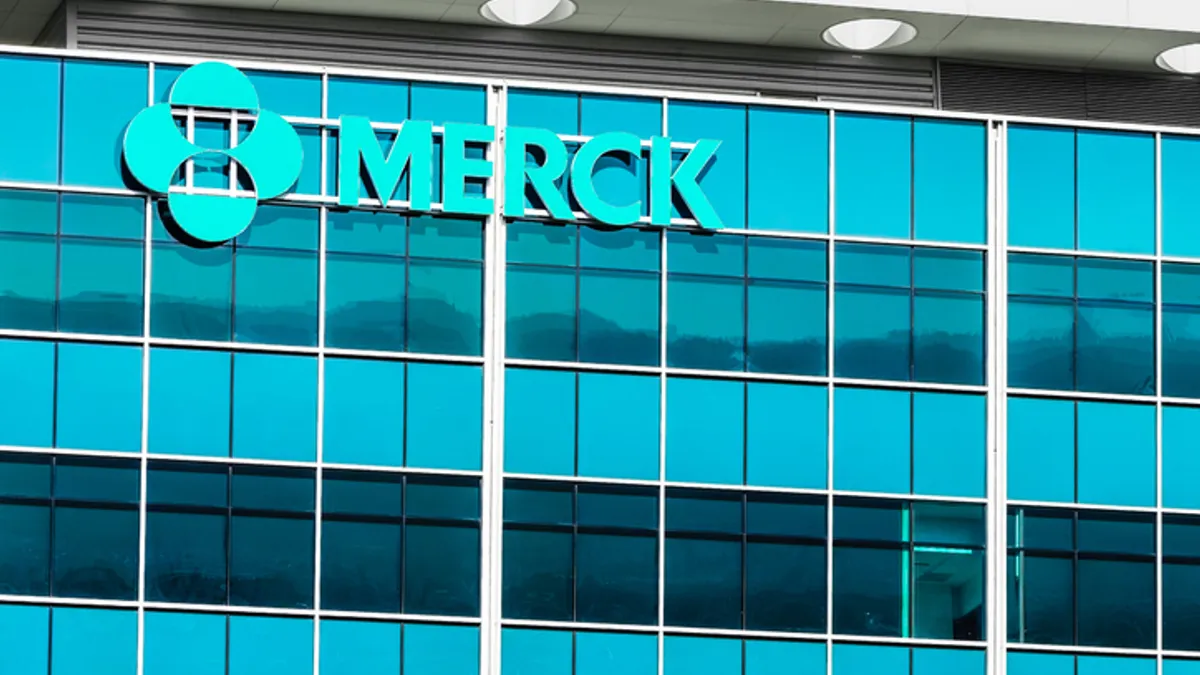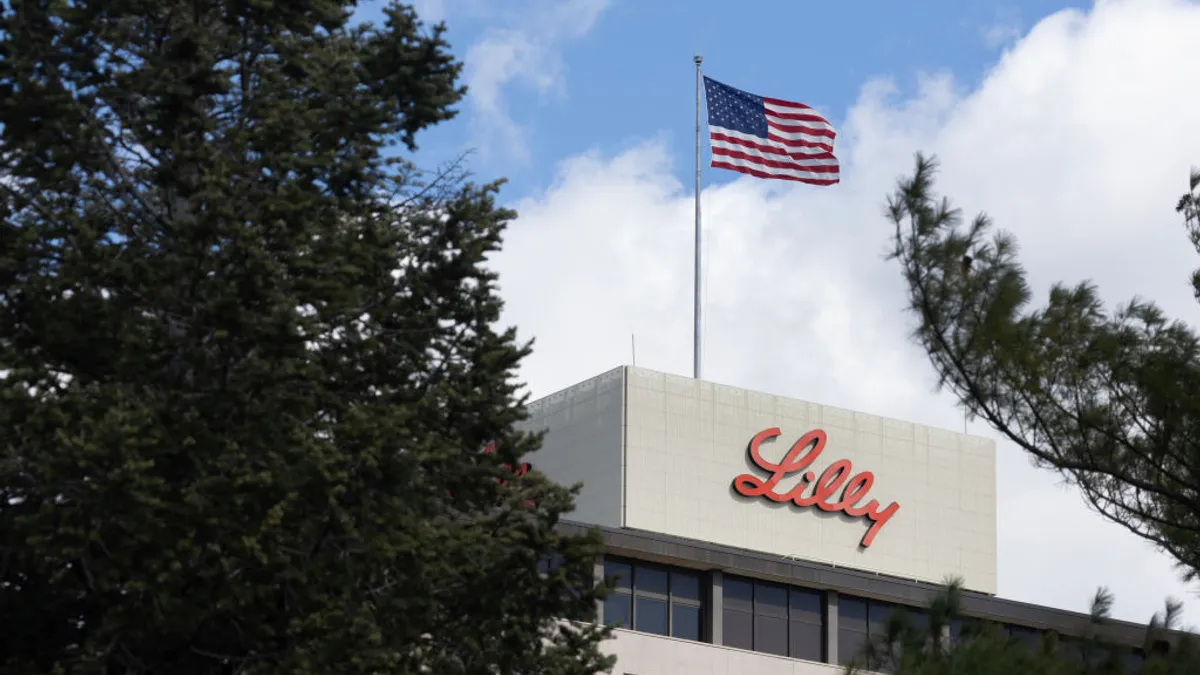Leveraging Design Thinking to Uncover Better Real World Solutions in Advisory Boards
Traditional Advisory Boards are Broken
 These are real quotes we have collected from colleagues and clients across the life sciences industry over the past few years. The idea of engaging customers to better understand their needs and gain their perspective is alluring, yet the physician advisory board often becomes a stiff, uninspired affair. The truth is, healthcare brands do need to engage their best customers and leverage their insights, in order to:
These are real quotes we have collected from colleagues and clients across the life sciences industry over the past few years. The idea of engaging customers to better understand their needs and gain their perspective is alluring, yet the physician advisory board often becomes a stiff, uninspired affair. The truth is, healthcare brands do need to engage their best customers and leverage their insights, in order to:
Understand real world challenges
Source better ideas
Gain feedback on in-market solutions
Continuously identify areas for improvement
But, all too often, life science leaders fall into a trap. The inertia of doing things as they have been done before, the incessant pressures of quarterly budgets, and the stress of annual planning have made ad boards a table stakes tactic.
Unfortunately, this standard approach to engaging key customers leaves a lot to be desired. There is little differentiation in the market, and this often leaves advisors uninspired, disengaged, disappointed. From brand teams’ perspectives, these events often elicit canned responses that are, at worst, simply what advisors think the brand wants to hear. At best, they smack of the same insights these key opinion leaders (KOLs) shared last month in a competing brand’s advisory board.
The Need for a Better Approach
These observations point to critical problems with “traditional" advisory board meetings.
Many of these engagements seem to have taken a page from the old consumer focus group playbook. Instead of activating advisors, these meetings simply present some form of stimulus — from potential new sales aids to fresh data — and ask for a reaction or feedback.The father of focus groups, famed sociologist Robert K. Merton, would likely be quick to point out the obvious issues here. This approach is particularly susceptible to:
Sponsor bias — the tendency of participants’ perceptions of the host company —and what they believe the host company wants to hear — to dictate their answers to questions
Confirmation bias — the tendency for facilitators to seek out, favor and recall the information that supports their preconceived ideas or hypotheses
Habituation bias — the inclination to give the same answers to similarly worded questions again and again without deeper consideration
These biases stand firmly in the way of brands gaining real-world insights into the needs and desires of their customers.
A Superior Framework: Design Thinking
Interestingly, these shortcomings create a unique opportunity — the chance to transform a standard advisor meeting into true problem-solving through customer collaboration.
Design thinking is a human-centered and collaborative approach to problem-solving. It’s been around since the 1960s, but in many ways the approach entered mainstream consciousness through tech juggernauts, including Apple, Amazon, and Alphabet. At its core, it focuses on five primary phases: building customer empathy, defining problems in terms of the customer, and then ideating solutions — ultimately prototyping and testing them, as well.
In practice, the methodology has the flexibility of being non-linear, so learnings that arise in the ideation phase are just as free to fuel better empathy or a more crystallized problem statement as they are to lead directly to prototyping and testing.
Applying this approach to the structure of advisory boards unlocks the power of collaboration. Physicians are among the most educated of all professionals, and yet the standard advisory engagement harnesses little of their intellectual potential.
Instead of marketers generating solutions for physicians, patients or payers in a vacuum and then attempting to validate these ideas with advisors, this approach allows us to build true empathy alongside healthcare providers, explore their challenges, and ideate with them to better address their needs.
Three More Ways to Supercharge This Process
Don’t overlook pre-work. It’s a crime not to prime — short, straightforward, and engaging Pre-work has several benefits. First, it lays a consistent intellectual foundation and prepares all advisors to hit the ground running in person. Second, it gives attendees the opportunity to begin formulating their thoughts before walking in the room, which diffuses uncertainty and empowers any timid advisors to readily share on the big day.
Recruit interdisciplinary groups. Our best ad boards have included a cross-functional group of patients, caregivers, physicians and other stakeholders to generate a holistic understanding of the relevant challenges and opportunities. Added bonus: diverse minds have the potential to riff off one another in ways like-minds cannot, and this can create richer solutions.
Level the playing field. All tools and exercise dynamics should create an atmosphere in which each and every person in the room can contribute. Start by establishing a common language that trades heady medical jargon for a lexicon of more human-centric terms.
Whether it’s time to uncover the nuances of the real-world challenges or ideate solutions, partnering physicians with patients or even the brand team members themselves can drive more comprehensive thinking. Human-centered design stands as a crucial key to engaging and activating advisors. When brands co-create alongside customers, they unlock right-now-relevant insights that help create meaningful solutions and better outcomes.(PV)
The Syneos Health Communications Innovation team brings human-centered strategic planning to global pharmaceutical and life science leaders, uncovering meaningful opportunities for marketing and customer engagement across healthcare.
For more information, visit syneoshealthcommunications.com.
















